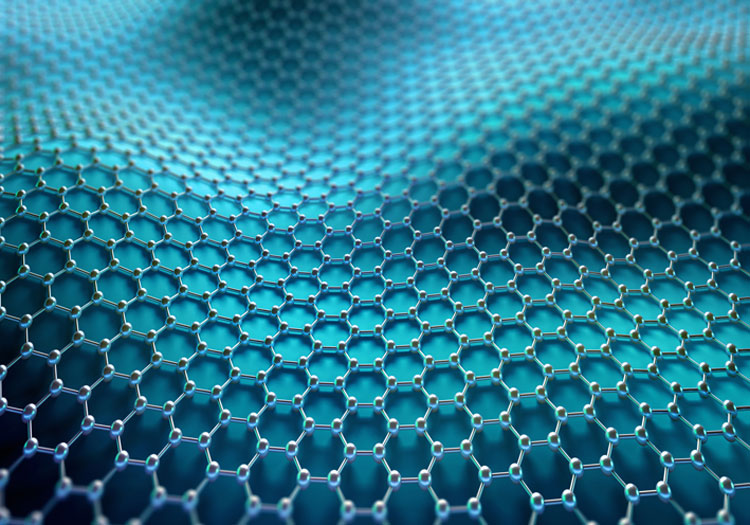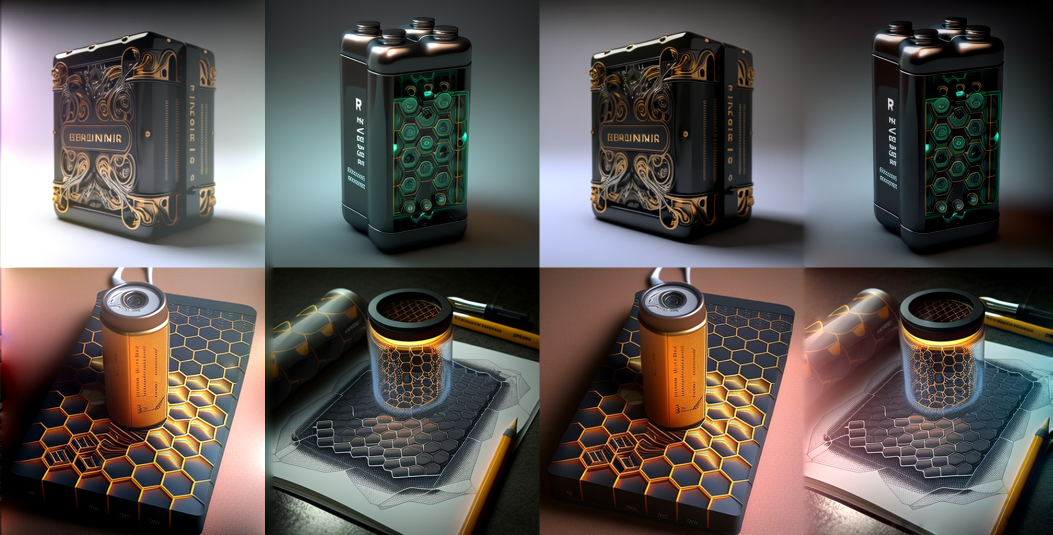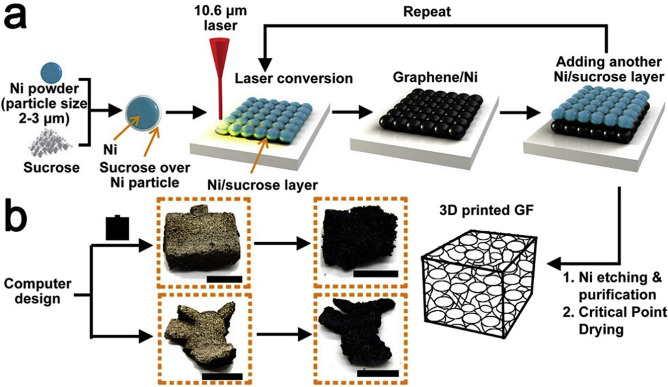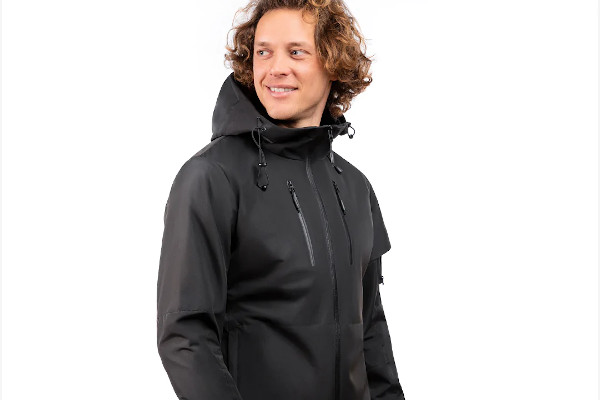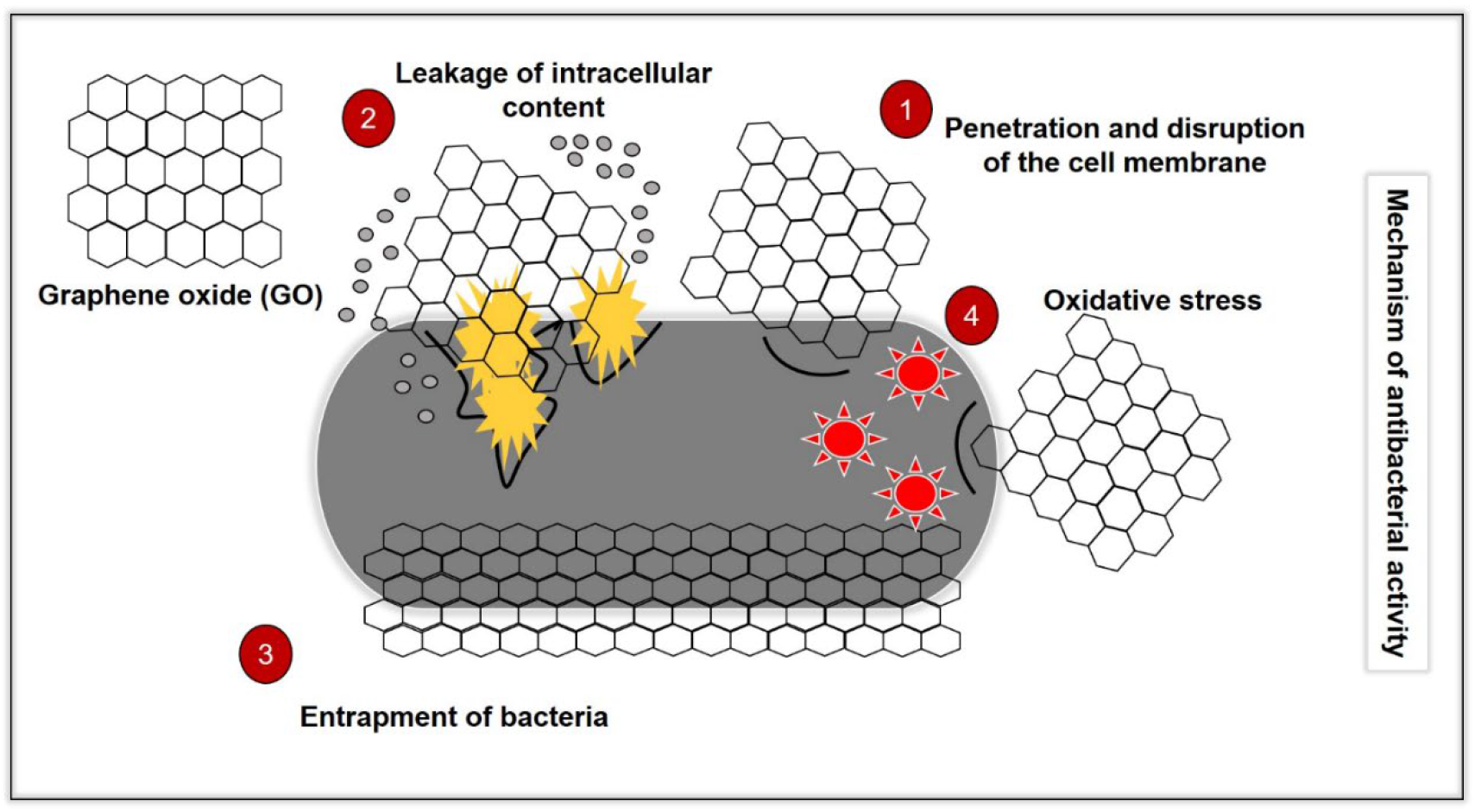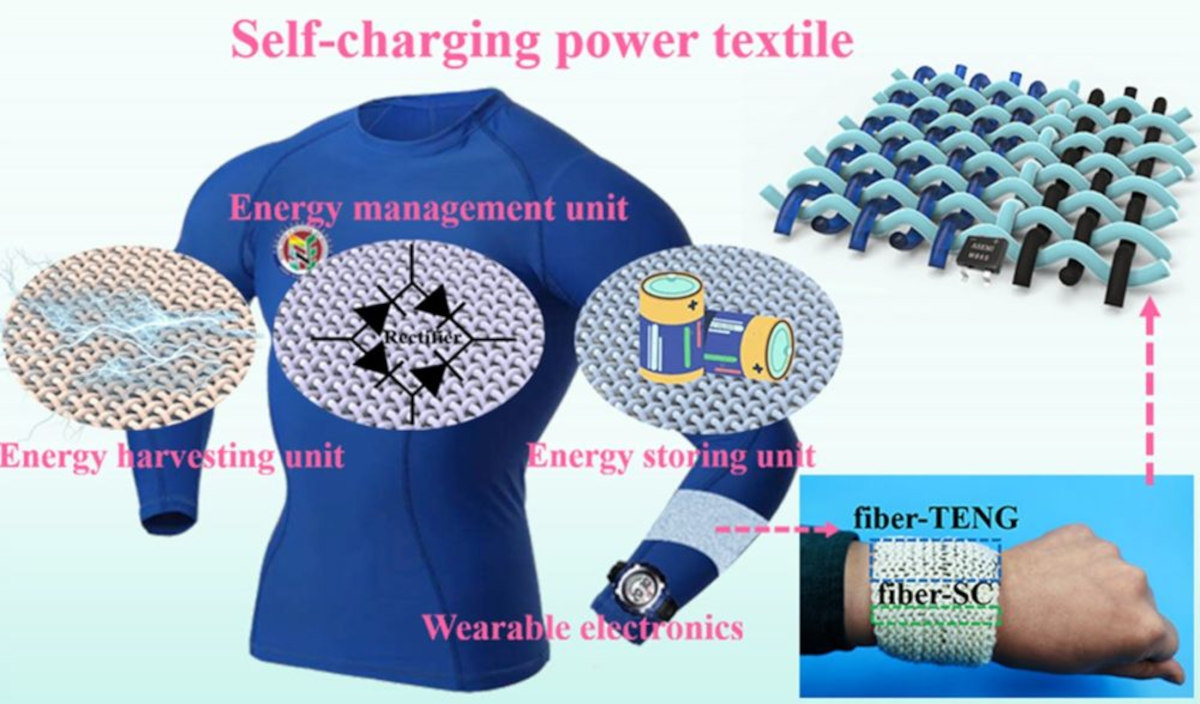There’s a cool stuff called graphene that you must have heard of. But do you know how it’s used in the textile industry?
The textile industry has changed a lot because of graphene, an interesting nanomaterial. Because of their unique qualities, graphene fabrics are now the hottest thing in the textile world.
But how is graphene used in the textile industry? Let’s find out!
What is Graphene?
Graphene is made up of a single layer of carbon atoms and is very strong and lasting. Strong chemical bonds hold these atoms together very tightly, making graphene 200 times stronger than steel.
On the other hand, graphene is a very light substance that has amazing electrical and mechanical qualities. Because of this, it is used in heated jackets as a heat and electricity conductor.
Graphene is amazingly very thin—it’s even thinner than a piece of paper. It’s also safe, doesn’t harm cells, kills bacteria, and doesn’t cause allergies. Because it has so many different qualities, graphene is used in a lot of different kinds of clothing.
The Power of Graphene
Many amazing things about graphene make it perfect for the textile industry. In the first place, it is very good at absorbing energy and making heat. Graphene can generate heat when it comes in contact with light or electricity, making it a material that can generate warmth. Moreover, graphene can send out high-energy far-infrared waves that are safe for humans. These waves interact with chemicals in the body, which speeds up metabolism and circulation.
There are several ways that graphene can be easily added to textiles. Graphene coatings are a popular way to do this. These very thin layers of graphene are put on the surface of the cloth to improve its properties without making it less flexible or comfortable.
Putting graphene right into the cloth fibers is another way to do it. This is possible with high-tech manufacturing methods that mix graphene with polymers while yarns or cloth are being made. The result? One that has the amazing properties of graphene built right in.
But why bother mixing graphene with fabrics in the first place? The answer lies in the unique properties that graphene gives fabrics, turning them into high-tech materials that can be used for more than just clothes.
What is Graphene Used for?
Graphene is a versatile substance that can be used in numerous fields. No matter what field we’re talking about, graphene is making it smarter and better. These are six basic ways that graphene can be used
Strength Increment
It is said that graphene is the strongest substance in the world. Despite its thinness, it has an extremely high tensile strength of 130 gigapascals. Aside from that, graphene is also very light.
Adding very small amounts of graphene to other materials can make them stronger right away. The tiny amount of graphene can make any material much stronger, whether it’s plastic, rubber, silicone, or any textile material.
Graphene is the only material that can be used to make something with this much strength. Graphene’s power can be seen most often in mobile devices, spacecraft, and building materials. It can be used for anything.
Energy Storage
Graphene is the world’s smallest and strongest material. It also has a very high amount of surface area to volume, which makes it perfect for storing energy. Because of this, graphene can quickly make energy devices like batteries and cells work better.
Graphene batteries are very light, can work in a wide range of temperatures, and have a larger volume. They also let you charge them faster and give you options. To keep as much energy as possible, these batteries are also used in energy absorbers, supercapacitors, and electromagnetic devices.
Since this is a fairly new field, scientists are looking into how to use graphene to store energy more efficiently. Electric cars can greatly benefit from this development by choosing light cells. The energy that these batteries can store is higher than that of other batteries on the market.
Electronic Printing
There are several applications for graphene, but one of the most frequent is in the form of graphene ink. It’s used for electrical printing, which helps make electronic emitters that are as thin as paper. Almost any surface can be transformed into a circuit by applying a tiny layer of a flexible electric conductor to it.
It can also be used to print antennas, biosensors, and other things. The price of graphene ink is high right now, but it will go down once it becomes more widely used. It will not only fulfill an aesthetic purpose but also serve a function.
Also, graphene printing will make goods made from graphene easy to find and affordable. Graphene-printed clothes will also make people smarter when they walk and keep them warm when it’s cold outside.
Improved Elasticity
Graphene’s maximum elasticity is one of its most important features. A graphene sheet is easy to stretch to 20% of its original size. This great flexibility makes graphene impossible to break.
Although the force acting on the surface of graphene changes how flexible it is, it can still not be broken. A piece of graphene the size of a piece of paper can be stretched to the size of a football field without snapping or breaking.
Since graphene has this feature, it can also be used as a main part of flexible electronics. Scientists are still studying this part of graphene, so in the future, we will know more about how it can be stretched.
How Does Graphene Work in Clothing?
Graphene is one of the most long-lasting materials. This makes it a great material for many kinds of clothes. But how does this amazing material improve a regular piece of fabric?
Thermal and Electrical Conducting
Graphene is a great material for improving clothing because it can conduct both heat and electricity. The great ability to keep heat in and conduct electricity makes it perfect for maternity, utility, and smart clothes. Fabrics with graphene in them can transfer heat and electricity, and heated jackets are a good example of this.
Antibacterial
Graphene is also extremely antibacterial. According to a study, the ability of graphene to transfer electrons can stop bacteria from operating. It can take electrons from the membrane of bacteria, which makes the bacteria lose its shape.
Because of this, a graphene jacket would be the best choice for you if you have to keep your workplace clean. The antibacterial property of graphene-infused fabric makes it great for hospital scrubs, baby clothes, towels, and other things.
Waterproof
Graphene is also resistant to water. Because it is water-resistant, it also inhibits rusting. For this reason, it’s great for making safety gear, outdoor furniture, tents, and other things.
Despite being waterproof, graphene-infused fabric remains breathable and lightweight. This stuff keeps water away, but it can still absorb moisture from your face and body to keep them healthy.
Uses of Graphene in Clothing
Graphene has a wide range of applications in the textile industry. Graphene is a very strong material, so the cloth that contains it could be a big hit. A lot of brands have tried making clothes with graphene in them, and people like them. Here are the five best ways that graphene is used in clothing
Sportswear
Graphene is a very strong material that doesn’t weigh much. Because of this, graphene is perfect for sportswear. Clothing that has graphene in it is strong, lasts a long time, doesn’t tear or scratch easily, and is stretchy.
With these kinds of features in sportswear, a person can do much better in their sport. Furthermore, a helmet wrapped with graphene can help evenly distribute heat when it’s cold outside.
Maternity Clothing
Elasticity and longevity are the most important qualities of good maternity clothes. Graphene-filled pregnancy clothes let you have both. It also stops the clothes from tearing and eliminates static electricity, making them easy to wear.
Graphene fabric is also very light and airy, which are two very important qualities for pregnancy clothes. Because these dresses are electrically conductive, they can also be used as electronic devices to check things like the mother’s blood pressure, body temperature, and the baby’s heartbeat.
Bulletproof Wear
Bulletproof clothing is another important way that graphene is used in clothing. Right now, graphene is the world’s hardest and thinnest material. This makes it a good bulletproof material.
The best part is that bulletproof vests with graphene will not be as big as regular bulletproof coats because they are lighter. This means you don’t have to worry about wearing them when you go hiking.
Smart Clothing
Fabrics with built-in electronics are now possible thanks to graphene. We can print electronic sensors and emitters on almost any surface with graphene ink. In addition, it lets your clothes connect to electronics like phones, computers, and more.
Graphene can also pick up on several chemicals. As a result, it can keep people from coming into contact with chemicals that are bad for our skin.
Heated Clothing
Lastly, this material’s good ability to conduct heat can be used to make clothes that keep you warm. Using a battery, can effectively keep the heat inside the clothing. Primarily, it’s used to make jackets and other protective clothes.
Heated clothing is popular in closer regions among hikers, campers, and people who work in the open fields.
Conclusion
Graphene fabrics have become a big trend in the textile business because of their unique qualities and wide range of uses. The ability to conduct heat, kill bacteria and smells, work with far-infrared waves, and fight static electricity all make our daily lives warmer, healthier, and more comfortable. As technology improves, graphene fabrics will likely be used in even more areas, giving us more surprises and changes.
If you enjoyed this deep dive into the world of graphene fabric, don’t forget to hit that like button, subscribe to this channel for more cutting-edge content, and ring that notification bell to stay updated on the latest in fashion. Until next time, stay curious, stay stylish, and keep exploring the wonders of the world around us.
